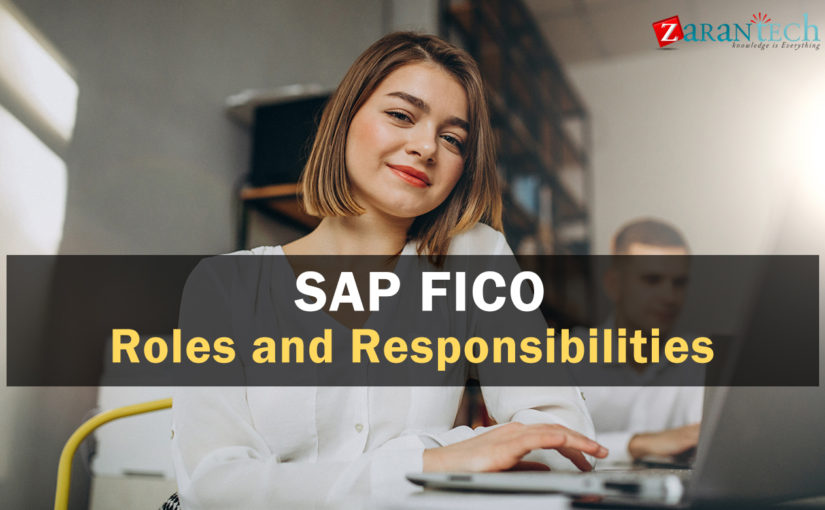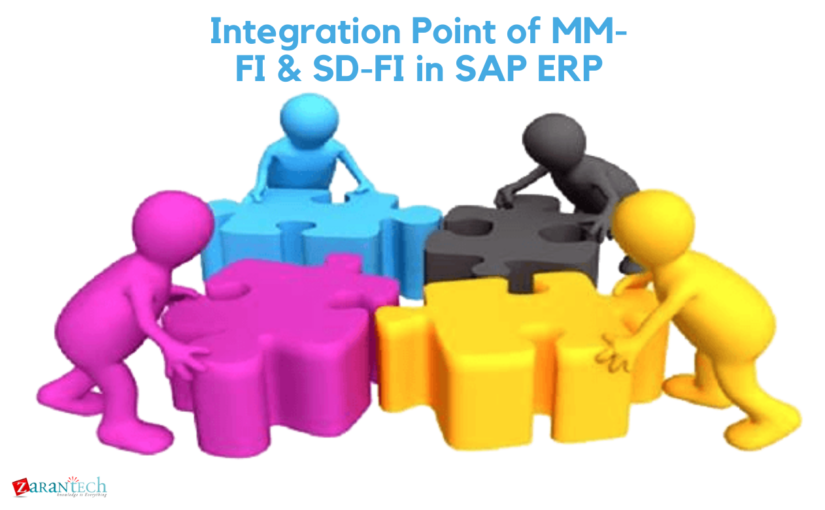All you need to know about Cost Objects in SAP Controlling
Category: SAP FICO Posted:Jun 24, 2020 By: Robert
Most of the people asked about the difference between a Production Order and Process Order. When is it beneficial to use one over another? Below you will find the difference that will help you in enhancing the skills.
As such, from a controlling point of view, both objects have similar features. It is mainly on the Production Planning and Shop Floor Implementation side where we see a difference. The main advantage of using Process Order is the use of Process Instruction Sheet or PI Sheet for day to day shop-floor activities. Whereas both the scenarios use Material Masters and Bills of Materials; Production Orders use Work Center (Machine) and Routing (steps of procedures) Process Orders use Source (Machine) and Recipe (sequence of procedures and which element is issued throughout which operation). The choice on whether to go with Production Orders or Process Order would depend upon kind of industry and fitment and is largely driven by the Production Planning team.
While we are on this topic of Production Orders and Process Orders, it may be beneficial to discuss other Cost Objects that are offered in Controlling.
Cost Objects and their Uses
- A production order is used to track production cost by orders in discrete manufacturing and prerequisites from the master data point of view, including setup of material master, bill of material, work center, and routing. Order Type PP01 is used for creating production orders.
- A process order is utilized to track product cost by order in-process manufacturing and prerequisites on the master data side, including the configuration of material master, bill of material, resource, and the master recipe. Order Type PI01 is utilized for creating production orders.
- A CO production order can be used in any type of industry; prerequisites include set up of material master. Order Type CP01 is used for creating CO production orders.
- A product cost collector is used in repetitive manufacturing to track product costs by period. This is significantly comparable to a production order in terms of prerequisites: Material Master, Bill of Material, Work Center, and Routing. Order Type RM01 is used for creating product cost collectors.
- An internal order can be utilized to collect, monitor, and settle direct and indirect costs sustained by a particular project. They are cost objects that have a more dynamic nature than cost or profit centers. Logistics side master data is not essential for the setup of internal orders. Several of order types are available for use depending on need and objective (overhead of investment). Orders can be used as a primary cost object, which is then settled to a cost center or as a statistical posting object where the primary posting goes to the cost center.
- A plant maintenance order is utilized to track costs related to planned or unplanned maintenance. It uses the work center as the primary master data element, apart from its own internal master data called functional location. Order type PM01 is utilized for creating plant maintenance orders.
- A Sales Order is another type of cost object used to assign costs to a sales order. Whereas sales orders are primarily used in the sales and distribution processes in both make-to-stock and made-to-order scenarios, the use of sales orders as a cost object part is mostly carried out in a made-to-order situation.
- A Cost Center is one of the most favored master data elements in controlling. Cost centers enable the departmental breakdown of costs. They are usually the lowest level of an organization to collect and analyze costs and department performance. Cost centers are useful for the purpose of departmental budgets and plans versus the actual comparison of costs. Cost centers can likewise be used for the purpose of interdepartmental cost allocation with sender-receiver connections.
The below figure portrays a tabular sight of a cost object comparison: prerequisites and setup.
Figure 1: Pre-requisite configuration (order types) and master data for numerous cost objects.
And, Figure 2 illustrates a tabular sight of transaction codes for various processes across the various cost objects.
Figure 2: Transaction codes for cost object master data and period-end closing steps.
Go through our Top 16 SAP FICO Interview Questions to crack the Interviews
Case Study
A customer already uses Process Orders in their current SAP system. The client has gotten a business unit that gets on an additional SAP system, however, the acquired entity uses Production Orders. The obtaining entity (i.e. the client) now wants to migrate the new unit on its SAP Platform. The customer is wondering if there is any value to have this new business system unit switch to Process Orders when they move to the existing system.
Firstly, if the client is using Process Orders for one business unit, there will be a lot of advantages of continuing to use Process Order for the new business unit brought over to the customer’s system. There is less maintenance, less training to acquiring an entity, and more. At the same time, the functionality from the Controlling perspective is similar. The primary benefit of using Process Order is the use of Process Instruction Sheet or PI Sheet for day-to-day shop-floor activities. A lot would rely on what the Production Planning team is comfortable with- since the biggest effect gets on the shop-floor procedures. Obviously, if the new business unit is from discrete manufacturing (say machine parts) and your current business remains in-process manufacturing (say chemicals), then there is no factor effective in the new unit to utilize Process Orders, as they will be better off using Production Orders.
Bottomline
The decision would depend on the type of industry and fitment, comfort level from the Production Planning Team, and the level of change management effort. The main advantage of using Process Order is the use of Process Instruction Sheet or PI Sheet for day-to-day shop-floor activities.
If you are planning to boost your skills, choose our best online training platform, and learn from industry experts. So what are you waiting for? Enroll yourself in our SAP FICO Training and Certification Course and take your career to a whole new level!
Check out this insightful video on SAP FICO Tutorial for Beginners:





 99999999 (Toll Free)
99999999 (Toll Free)  +91 9999999
+91 9999999